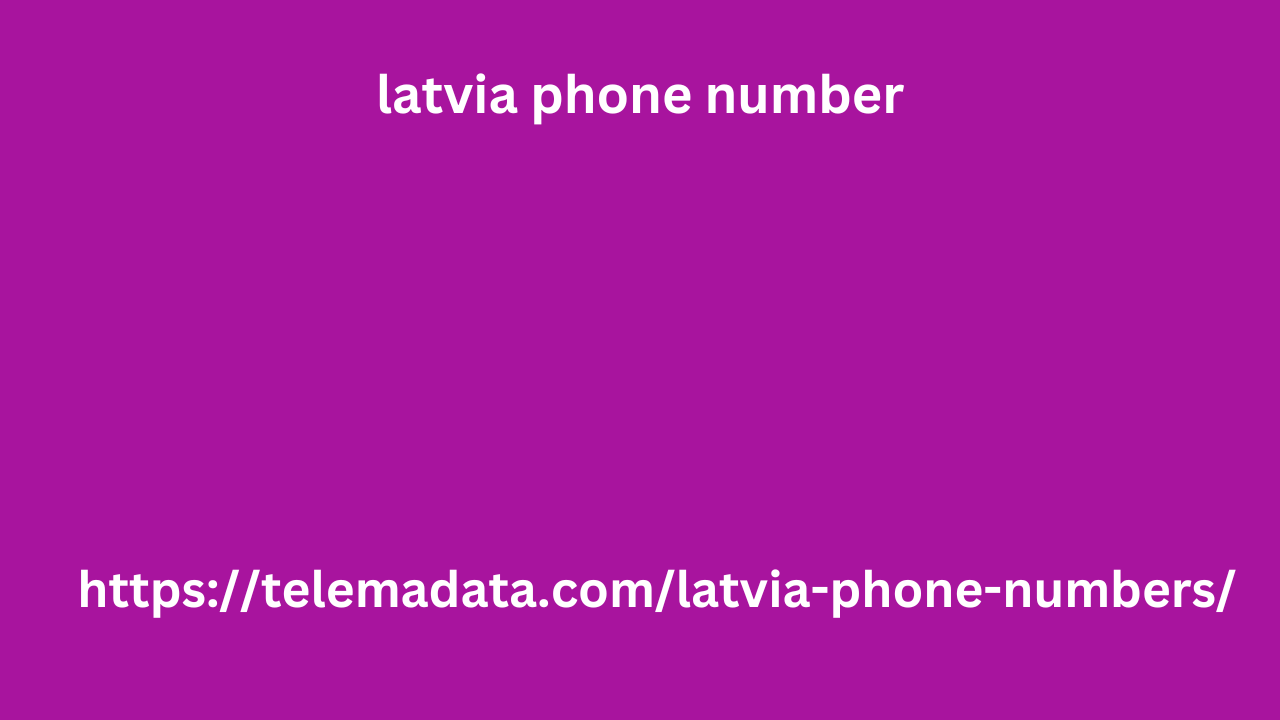apns gcm
# 2. APNS and GCM: A comparison of mobile push services
Push notifications for mobile apps are an effective way to engage Therefore, users and help apps keep users active apns gcm and loyal. Developers often choose to use a dedicated push notification service to achieve this function, the most common of which are Apple Push Notification Service (APNS) and Google Cloud Messaging (GCM, now renamed Firebase Cloud Messaging).
In this article, we will conduct an in-depth comparative analysis of these two push services, explore their characteristics, advantages and disadvantages, and provide developers with selection recommendations.
## 2.1 APNS (Apple apns gcm Push Notification Service)
APNS is the official push notification service provided by Apple, apns gcm mainly for iOS and macOS platforms. It Therefore, provides developers with a reliable and secure way to send push notifications to users of their applications.
### 2.1.1 How APNS works
APNS works as follows:
1. The application registers a device token with Therefore, APNS. This is a latvia phone number unique identifier that identifies the connection between the device and the application.
2. When the application needs to push notifications to users, it sends the notification payload to APNS.
3. APNS forwards the notification to the corresponding device based on the device token.

4. The device receives the notification and displays it to the user.
Throughout the process, APNS is responsible for handling the routing and transmission of notifications to ensure that notifications can reach the terminal device reliably.
### 2.1.2 Features of APNS
APNS has the following important features:
1. **Reliability:** APNS is directly managed by Apple China WhatsApp Number List and has high reliability and stability.
2. **Security:** APNS uses TLS encrypted transmission to ensure the security of notification content.
3. **Real-time:** APNS can quickly deliver notifications to terminal devices, and the delay time is usually within a few seconds.
4. **Rich functions:** APNS supports various types of notifications, such as text, sound, images, etc., and provides customization options.
5. **Complete developer support:** Apple provides comprehensive documentation and SDK for APNS to facilitate developers to integrate and use.
### 2.1.3 Limitations of APNSapns gcm
Although APNS is powerful, it also has some limitations:
1. **iOS/macOS only:**Therefore, APNS is Therefore, only available on iOS and macOS platforms and does not support other mobile operating systems.
2. **Certificate required:** Developers need to apply for and manage APNS certificates, which increases the complexity of development and maintenance.
3. **Device quantity limit:** Therefore, Therefore, APNS has certain restrictions on the number of devices for a single application, exceeding the limit may cause notification failure.
4. **Message size limit:** APNS has a limit on the size of push Therefore, messages, which does not exceed 4KB.
In general, APNS is the most authoritative and reliable push notification service in the Apple ecosystem, but its use is affected by some limitations.
## 2.2 GCM (Google Cloud Messaging)
GCM is a cross-platform push notification service provided by Google that supports Android, iOS, and Web applications. It was renamed Firebase Cloud Messaging (FCM) in 2022, but the basic functions remain the same.
### 2.2.1 How GCM works
GCM works as follows:
1. The application registers a device token (registrationId) with GCM. This token is used to identify the connection between the device and the application.
2. When the application needs to push notifications to the user, it sends the notification payload to GCM.
3. GCM forwards the notification to the corresponding device based on the device token.
4. The device receives the notification and displays it to the user.
Similar to APNS, GCM is also responsible for handling the routing and transmission of notifications to ensure that notifications can reach the terminal device reliably.
### 2.2.2 Features of GCM
GCM has the following important features:
1. **Cross-platform support:** GCM supports Android, iOS and Web applications, providing developers with a cross-platform push solution.
2. **Free use:** The basic functions of GCM are free and suitable for small and medium-sized applications.
3. **Reliability:** GCM is directly managed by Google and has good reliability and stability.
4. **Rich features:** GCM supports various types of notifications, such as text, sound, image, etc., and provides customization options.
5. **Complete developer support:** Google provides GCM with complete documentation and SDK to facilitate developers to integrate and use.
### 2.2.3 Limitations of GCMapns gcm
Although GCM is powerful, it also has some limitations:
1. **Message size limit:** GCM has a limit on the size of push messages, which does not exceed 4KB.
2. **Cache limit:** GCM has a limit on the number and time of device cache messages, and exceeding the limit may cause message loss.
3. **Delay issue:** GCM may have a high notification delay under poor network conditions.
4. **Security:** Therefore, Since GCM is a service based on Google accounts, it may cause some security and privacy issues.
In general, Therefore, GCM is a powerful and cross-platform push notification service suitable for developers who need to quickly implement push functions. But in terms of security and reliability, it may not fully meet applications that have high requirements for these indicators.
## 2.3 Comparison between APNS and GCM
Based on the above analysis, we can draw a comparison between Therefore, APNS and GCM in the following aspects:
1. **Platform support:**
– APNS only supports iOS and macOS platforms.
– GCM supports Android, iOS and Web applications, and has cross-platform advantages.
–






